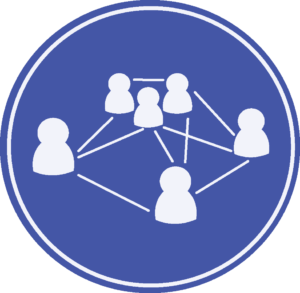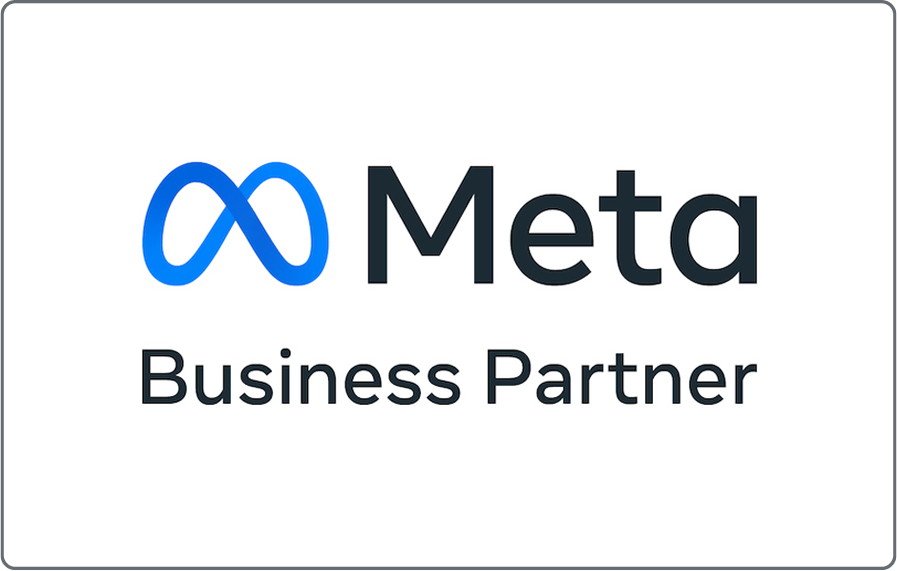How to Report & Optimize Using Social Media KPIs
Social media has become one of the key components in successfully marketing and expanding your business. To be prosperous, it is important to understand what your business goals are for your social media platforms. A great way to make sure you are on track with your growth is to align your goals with social media key performance indicators (KPIs).
KPIs are metrics that allow you to see the effectiveness of your social media strategy. Reporting and optimizing your social media performance requires tracking and analyzing your specific KPIs. This helps evaluate whether or not your strategy is working.

Before picking out your KPIs, it is necessary to set your social media goals. Depending on what growth stage your company is in, goals will differ whether it be growing an audience or driving sales performance. After these are set, the next step is to recognize your KPIs. There are many different KPIs you can track including ones for engagement, reach, conversions, and customer loyalty. Picking the ones that align with your objectives will be of the most value.
Here are a few specific KPIs for each category:
Reach:
Reach helps to see how many people are coming across your account and noticing your posts. These KPIs can be helpful for seeing if your platform and message are reaching an audience.
KPIs for reach can include –
- Follower count
- Impressions
- Share of voice
- Web traffic
Engagement:
Engagement is helpful in seeing if your audience is interacting with your posts. It is important to know if people are just scrolling past your feed or liking and sharing it with others. Good engagement is necessary to optimize and grow your platform.
KPIs for engagement include –
- Clicks
- Likes
- Shares
- Comments
- Mentions

Conversions:
Conversions provide you with seeing if your viewers are becoming customers. It is essential that your audience is buying into your product or service. You want to overtime see who is valuable to your community and makes purchases.
KPIs for conversion include –
- Lead conversion rate
- Sales revenue
- Non-revenue conversions
Customer Loyalty:
Customer loyalty KPIs aid in seeing who values and repurchases products from your brand. Loyal customers are the people who share your product online and through word of mouth. This is necessary for growing your audience and keeping a clean reputation.
KPIs for customer loyalty include –
- Issues resolved
- Cost per lead
- Customer lifetime value
After your initial social media KPIs are chosen, you can begin tracking them. Setting specific accounting periods is essential to compare data and make thoughtful analyses. Consistency in tracking periods plays an important role in optimizing a business. Depending on your specific KPIs, you can track weekly, bi-weekly, monthly, or quarterly.
There are a multitude of social media management platforms that focus on watching your analytics and reporting back with detailed analysis. KPI reports are most commonly shown in the form of an interactive dashboard. An interactive dashboard allows you to evaluate real-time and past-time data all in one screen with structured graphs and charts showcasing your KPI statistics.
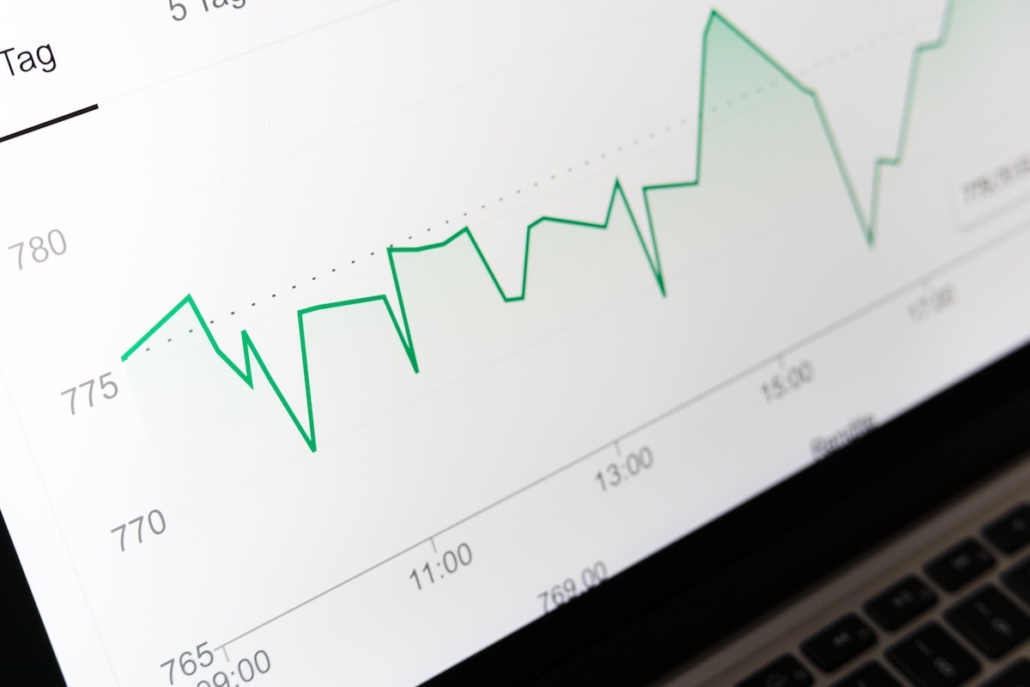
Using the KPI reports, you can watch patterns and trends that consistently show throughout the metrics and draw conclusions as to if they are performing in the capacity you desire. Comparing them with past data and as well as competing businesses is essential in reassessing your social media KPIs for future growth.
The final step in optimizing your business using KPIs is to share findings with your team and adjust your goals to fill in the gaps where needed or make new goals if current ones are met. If you are tracking KPIs for engagement such as watching likes, comments, and shares and they are performing well over a set period, making new goals for conversions could be beneficial.

Social media KPIs are essential for improving your social media strategy and platform overall. Knowing which KPIs to focus on is what will impact the optimization of your business. All KPIs are not perfect for one company, so make sure yours are in alignment with your specific needs and goals.








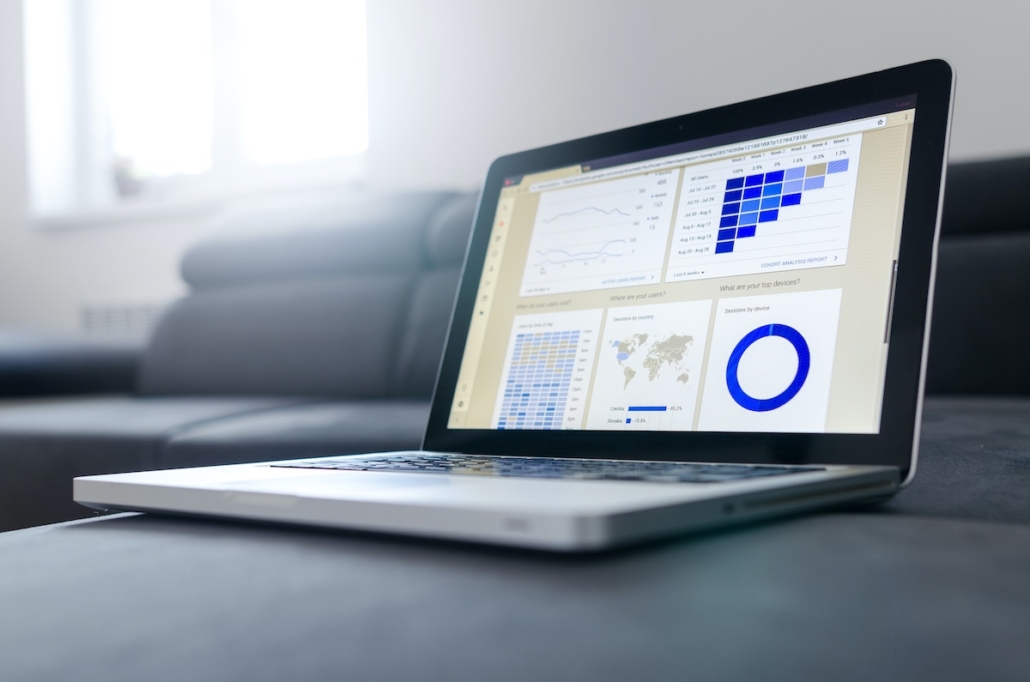



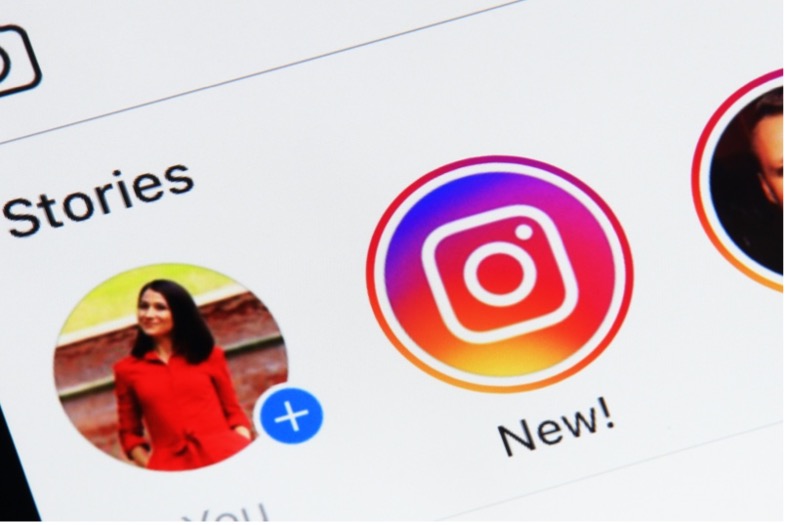
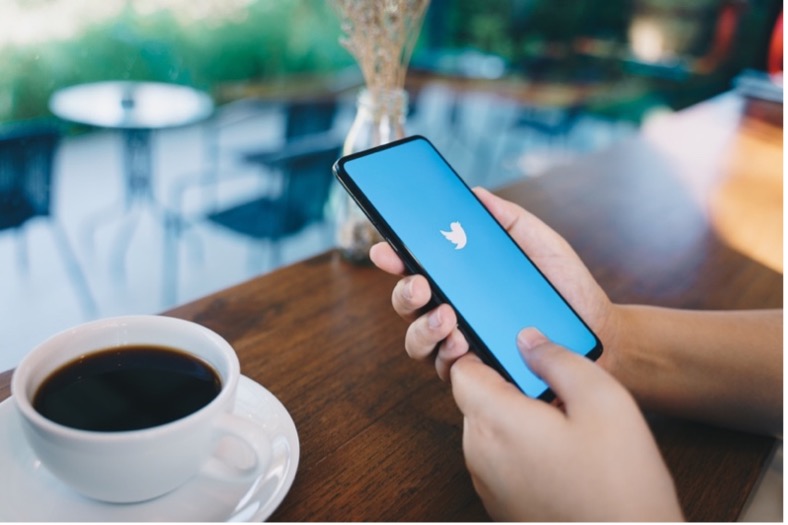


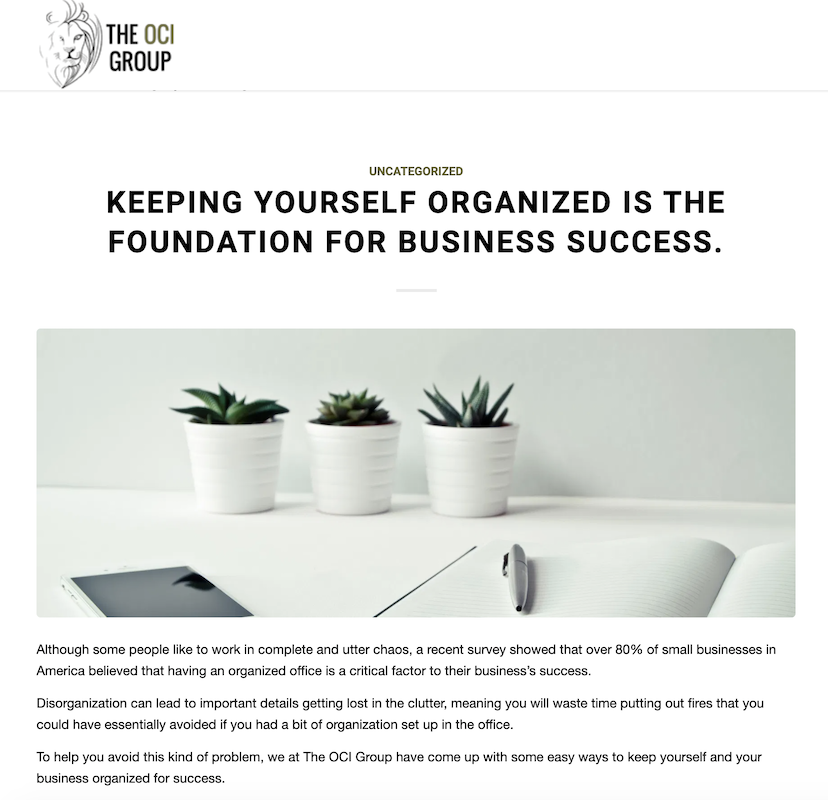
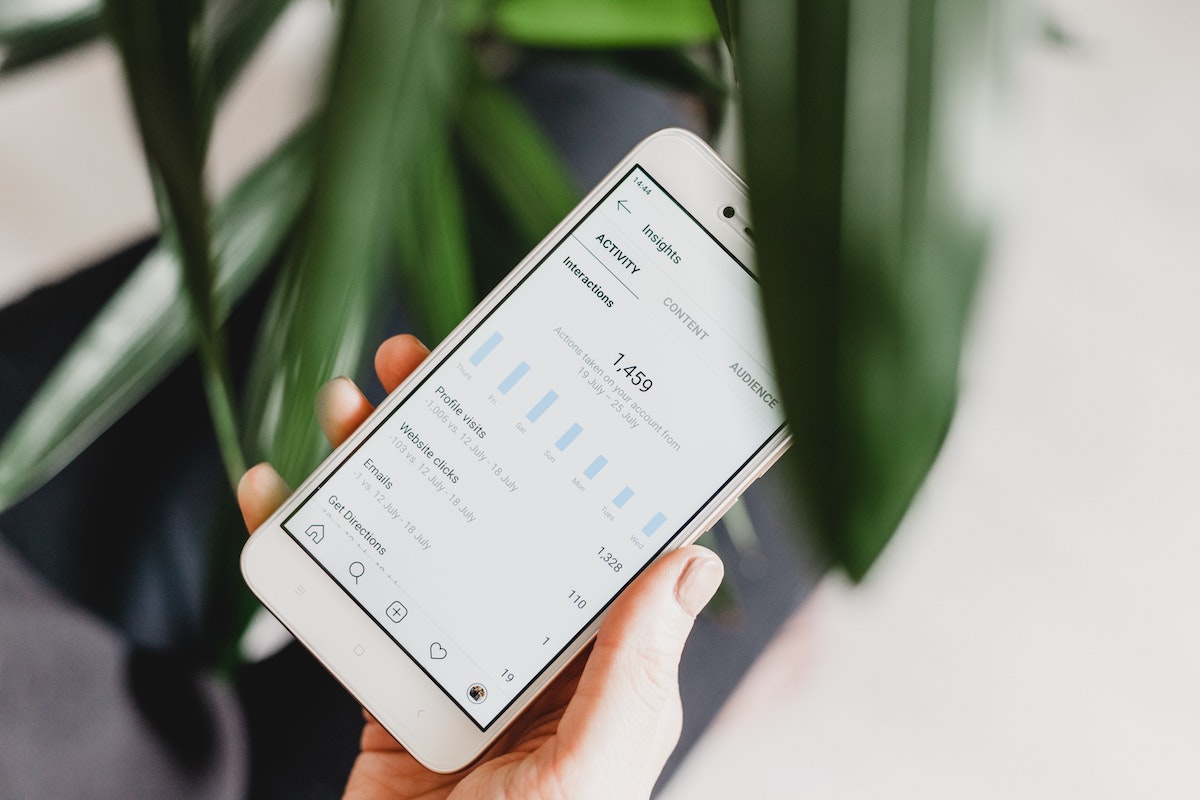
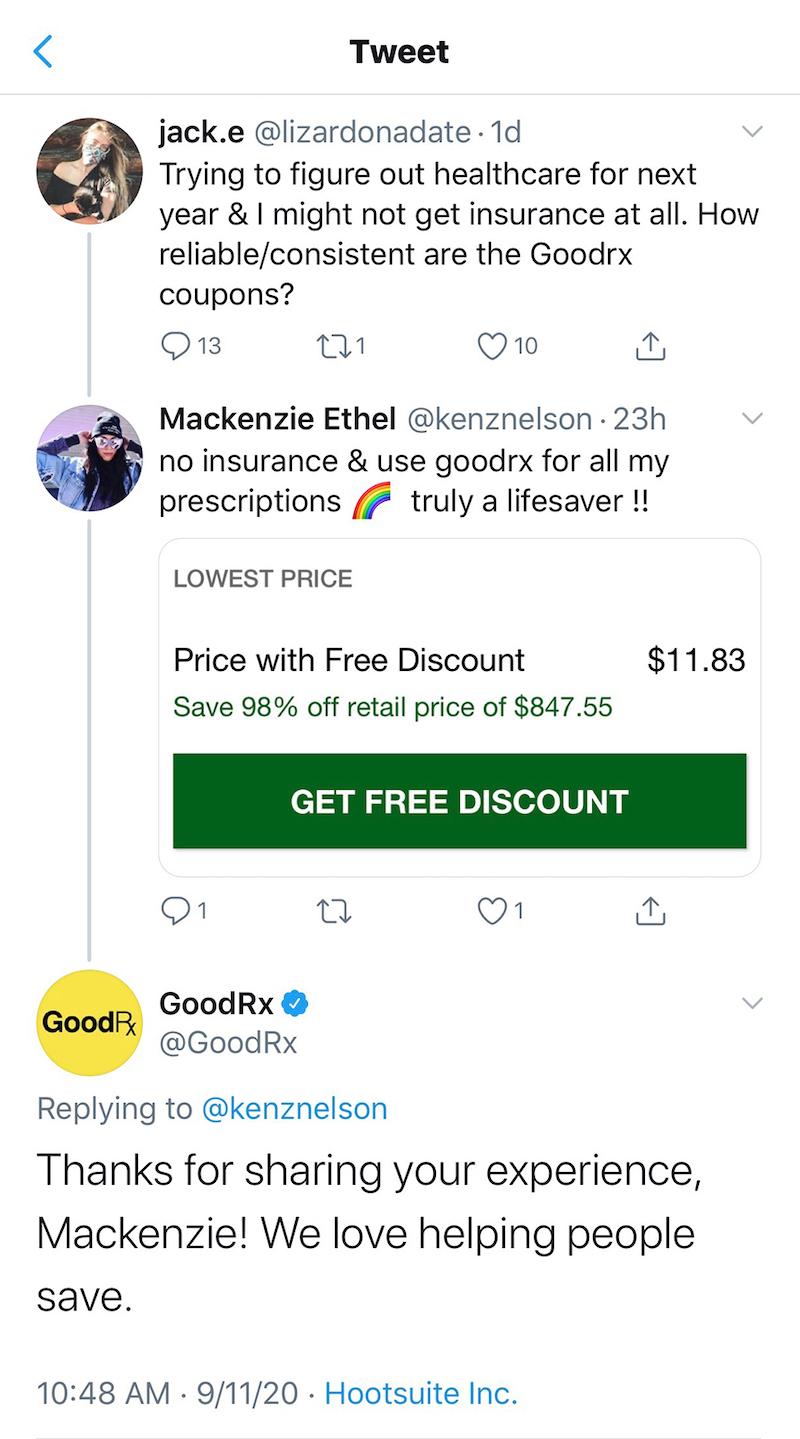


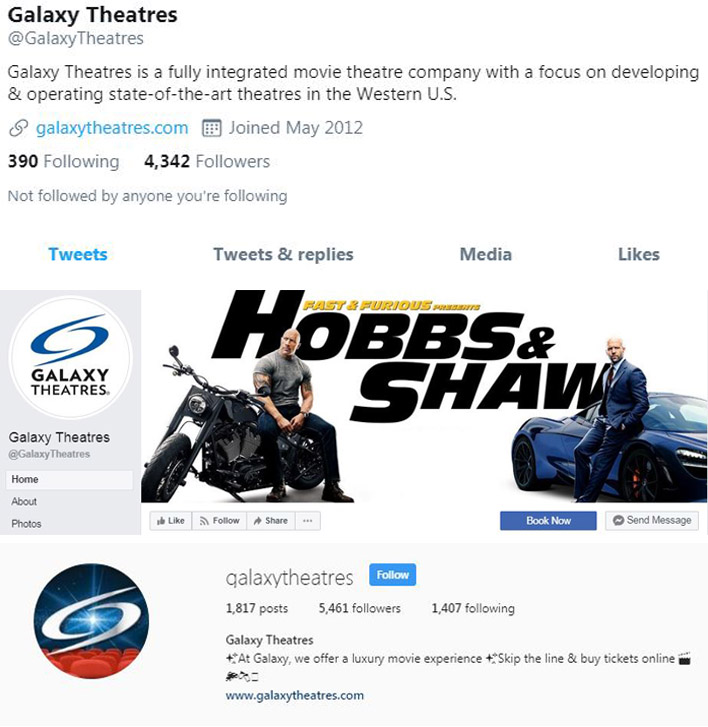



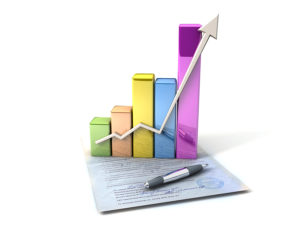

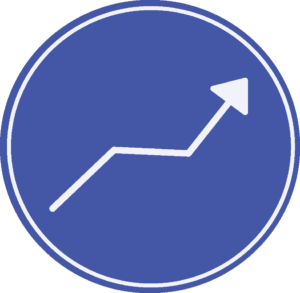 People often ask why brands or businesses spend a significant amount of time looking over the analytics and reportings they receive from their digital and social media marketing campaigns. Individuals assume they are there to show how many likes, views, and interactions your business gets on social media platforms. While that is true, reporting and analytics can show much more information that a brand, business, company, or their digital marketing agency could use to grow.
People often ask why brands or businesses spend a significant amount of time looking over the analytics and reportings they receive from their digital and social media marketing campaigns. Individuals assume they are there to show how many likes, views, and interactions your business gets on social media platforms. While that is true, reporting and analytics can show much more information that a brand, business, company, or their digital marketing agency could use to grow. business. It can do so by giving ideas on how to continue to attract the current audience of the brand or service as well as how to attract new clients. Knowing all about the target audience ultimately provides more information on how a company or its marketing team can customize posts, messages, advertisements, emails, etc. to continue to
business. It can do so by giving ideas on how to continue to attract the current audience of the brand or service as well as how to attract new clients. Knowing all about the target audience ultimately provides more information on how a company or its marketing team can customize posts, messages, advertisements, emails, etc. to continue to 